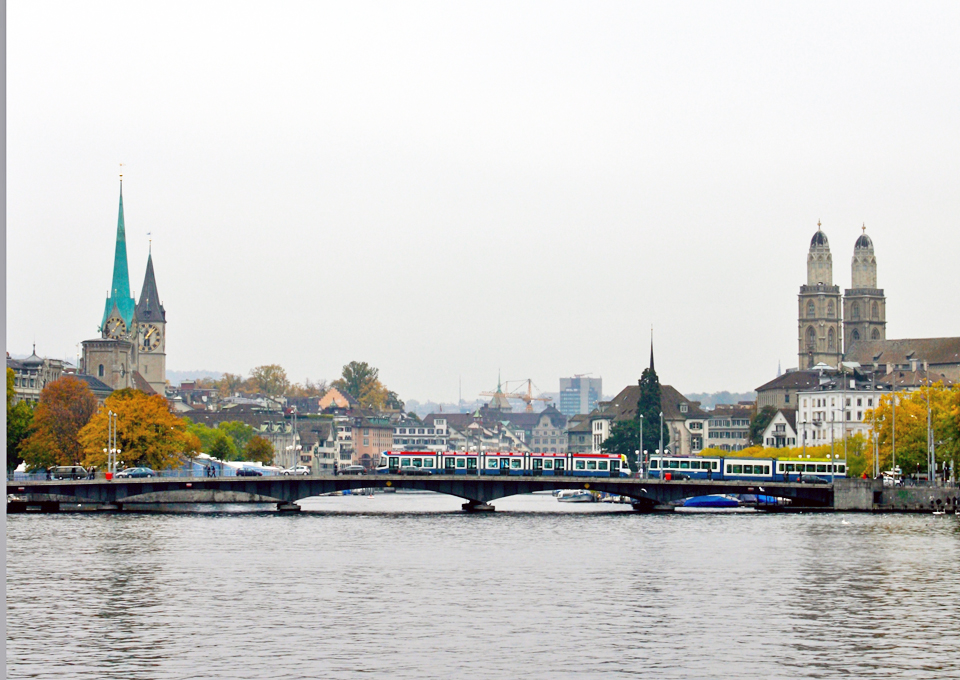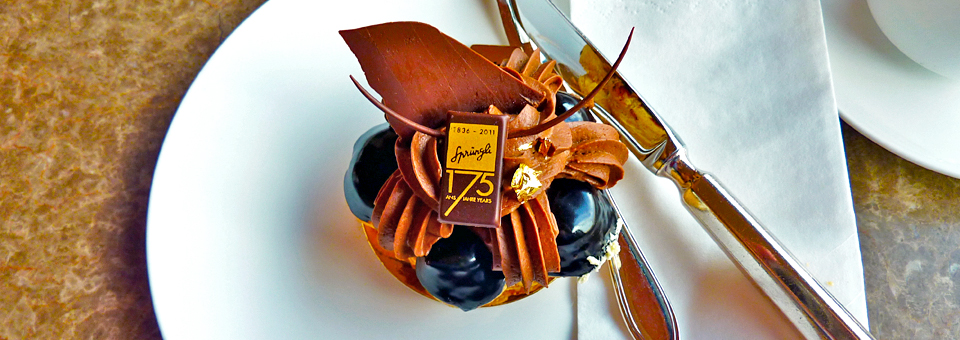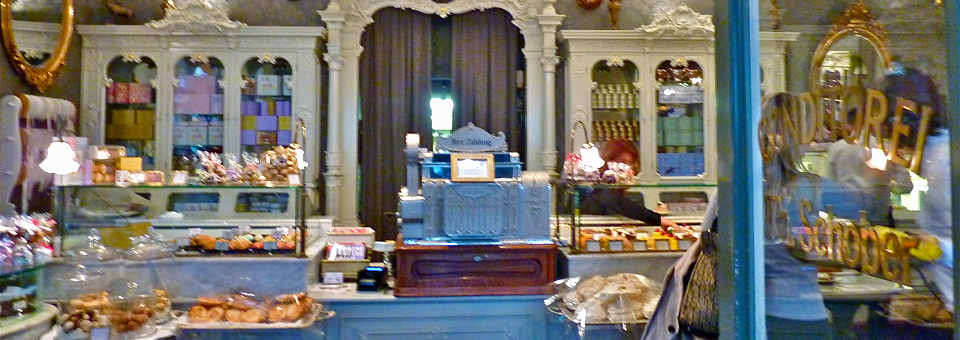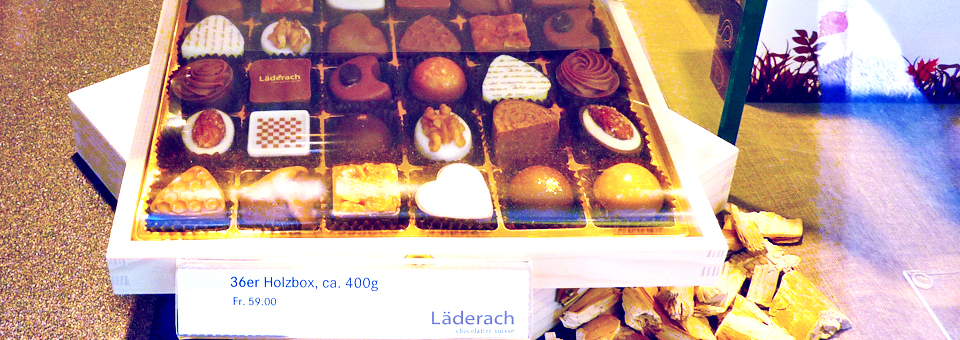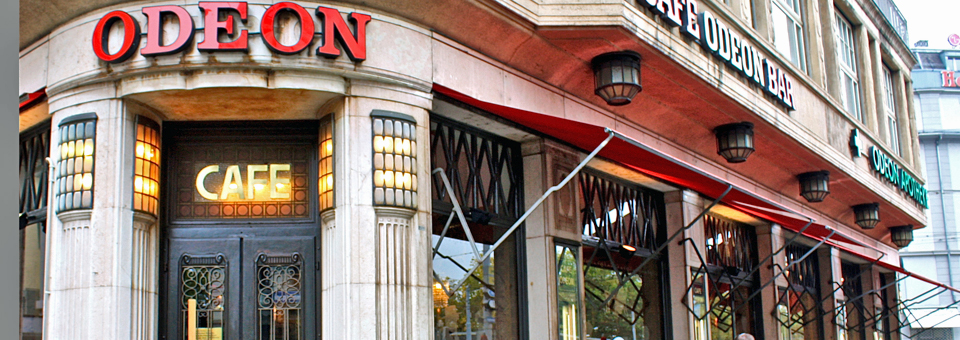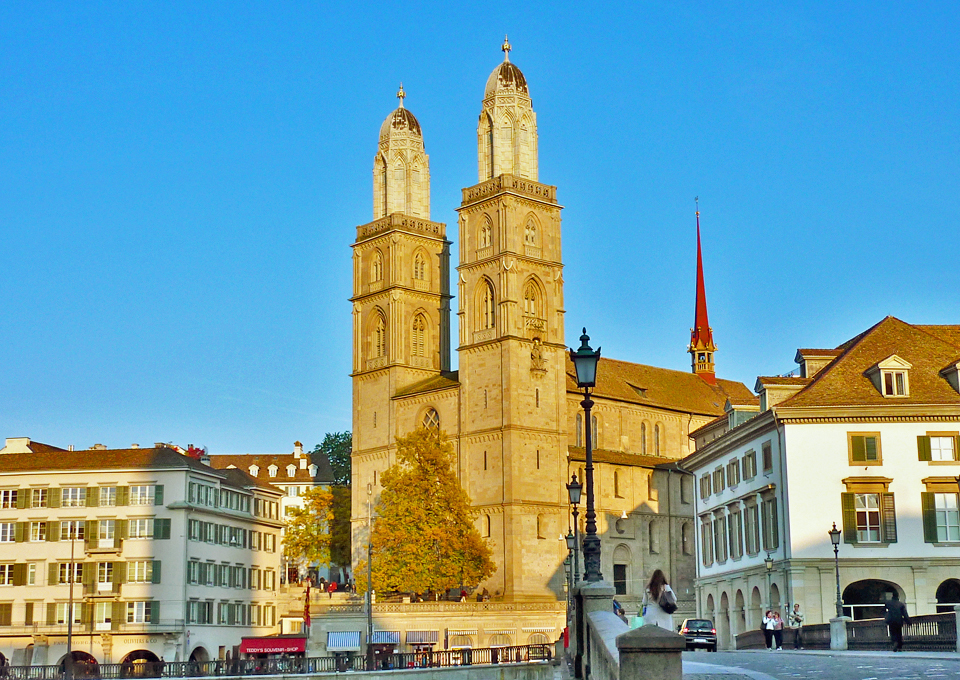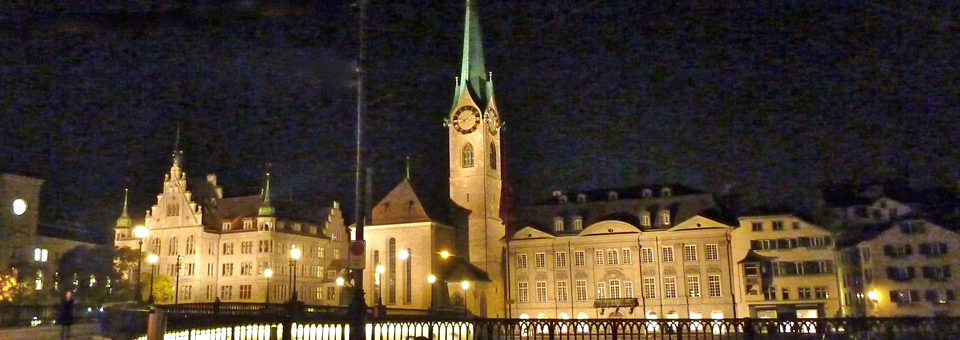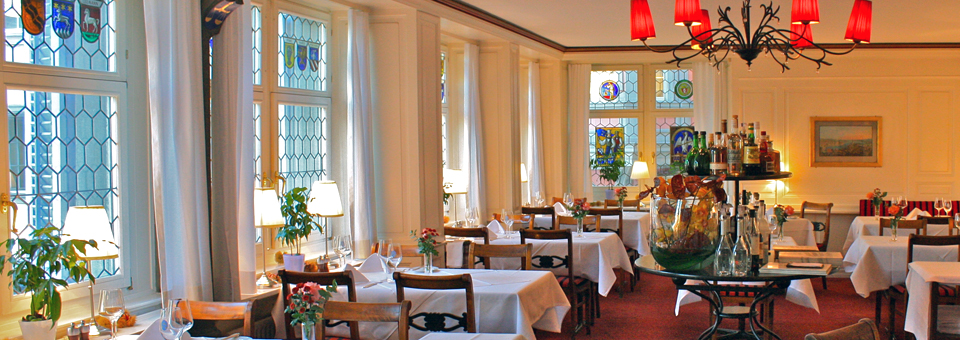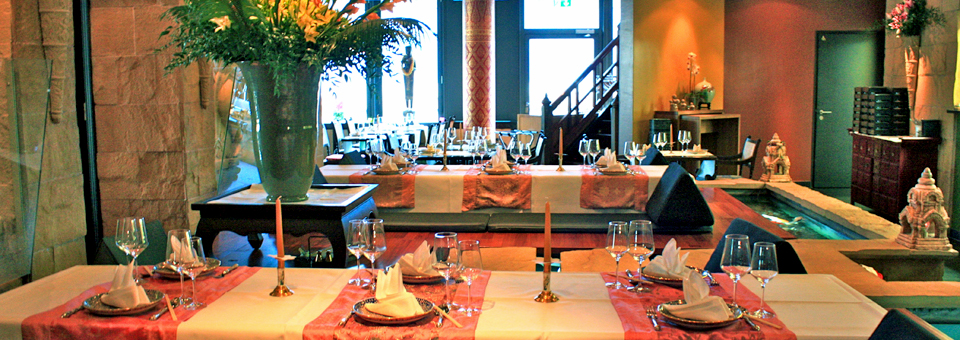Discovering Zürich, Switzerland — one morsel at a time
We wanted to discover the essence of Zürich and found it one morsel at a time. To get there, we used our Swiss Pass, available through Rail Europe. It includes unlimited travel on the Swiss Travel System including trains, buses and boats.
We began, like most tourists, along the winding lanes of the historic Old Town, Altstadt. We enjoyed what is known in Zürich as Lädelen and browsed the shops in chic and elegant retail districts. And we rode the tram to a former industrial area to check out the hip new hotspots.
Our search for places to dine gave us a taste of how Zürich grew from a Roman settlement to what it is today. Our dining experiences were windows into the city’s past, present, and future– microcosm of Swiss culture.
From traditional Swiss classics in the Old Town’s medieval guild halls to innovative international cuisine and nightlife in converted factories of the hip West End, there are seemingly limitless ways to feast on Swiss history while enjoying a good meal.
About Zürich
Zürich, in the middle of Switzerland and Europe, is easily accessible. You’ll want to stay longer, but with ten minute train rides departing several times an hour between Zürich’s airport and its central station, even a visit between flights may be possible.
Switzerland, one of the wealthiest countries in the world, has 96 Michelin-starred restaurants–among the most Michelin stars per capita in Europe. Zürich, its largest city and center of arts and culture, has more than forty restaurants with Gault Millau points for food quality. There are two Michelin two-star restaurants–Mesa, with Chef Marcus G. Linder, and The Restaurant in the Dolder Grand Hotel, voted Best Hotel in the World, with Chef Heiko Nieder. These should be experienced at least once.
Switzerland’s high standards creates not only some of the world’s finest experiences but also ensures quality and cleanliness at all levels. There are approximately 1500 restaurants in Zürich. Options and prices are as diverse as the city.
Cost-cutting strategies
With some insight on where to save and when to splurge you can get the most from your experience and stay within your vacation budget. We researched our trip and asked locals for insider tips and budget-stretchers. Here’s what we found.
There’s no need for expensive bottled water. Swiss water is among the purest in the world. Carry an empty water bottle and fill it at any of the city’s 1200 fountains. And look up–fountains are works of art often topped by mythological figures that replaced statues of saints after the Reformation. With clean waters, Zürich also has the world’s highest density of public bathing areas.
Breakfast buffets are generally included in Swiss hotel rates and usually consist of breads like braided zopf or croissants known as gipfeli, served with butter, jams, and honey. Sliced meats, fruits, cheeses, eggs, yogurts, and birchermüesli –a mix of oat flakes, grated apple, ground hazelnuts and yogurt– round out a meal so hearty you may skip lunch.
Enjoy local and regional products with fresh produce, Italian salami and alpine cheeses from Zürich’s morning fruit and vegetable markets. Just choose a scenic spot, perhaps along the waterfront quays, on a boat on the lake, or at Zürich’s mountain, Üetliberg, and enjoy your budget-stretching feast.
Experience pricier places for less. Lunch costs less than dinner, and specials are common. Drink in a 5-star ambience for less during Happy Hour at the Savoy Hotel Baur en Ville or enjoy a jazz band at the bar of the Hotel Widder, which is in connected medieval houses originally owned by the Guild of Butchers.
With less demand for jewelry after the Reformation, Swiss jewelers and goldsmiths developed the watch industry. Exclusive watch shops, jewelry, designer fashions, and other high-end products are found along Bahnhofstrasse–the 5th Avenue of Zürich. It runs from the main railway station to the lake. Major department stores like Jelmoli and Manor serve reasonably-priced meals. Globus has a fine deli, and Kauffmann’s is packed with locals in search of prepared foods from apfelringe to wurstweggen. A few steps off Bahnhofstrasse, you might spot International stars without the astronomical price at the artsy Kaufleuten.
The Café Presse Club, said by locals to have the best coffee in town, is by the major churches. Jules Verne Bar atop Urania Observatory provides a 360∘view of the city for the price of a beverage. The Polybahn funicular ascends to the Polyterrasse city overlook and student-priced eateries.
Chocolate
There’s good reason the Swiss eat an average of twelve pounds of chocolate a year–its quality. Savoring it Zürich-style in one of the grand cafes with coffee and perhaps an elegant pastry or lunch is a decadent experience that won’t break the bank.
The most famous sweet spot is Confiserie Sprüngli’s café. Whether for truffles, pastries, or a quick lunch, it’s THE place to stop for a break from shopping or sightseeing. Its signature light, airy macaroon, Luxemburgerli, was developed by a young pastry chef, named for his country, and perfected at Sprüngli. Tables one flight up overlook Paradeplatz and major Swiss banks.
The stylish Conditorei Schober, on the “sweet corner” in the middle of Old Town, is an original 19th century candy shop with handmade chocolates and secret-recipe gold-embellished pastries. Considered by many to be the best café in Zürich, it’s a place to linger with coffee.
Merkur & Läderach on Bahnhofstrasse carries freshly produced Läderach chocolate and other brands. Teuscher Confiserie, also on Bahnhofstrasse, has over 100 flavors of truffles. Vollenweider Chocolatier Confiseur is on Theaterstrasse and St. Jakobs Confiserie, provides jobs for the disabled.
Lindt chocolate is also available at Coop and competitor Frey’s products are sold at Migros supermarkets.
Restaurants
Zürich is on the northern shore of Lake Zürich where it meets the Limmat River. Locations are often given as left (west) or right (east) of the river. Meals in and around the Old Town, Altstadt, come with a side of history.
Century-old Odeon, Limmatquai 2, is an internationally renowned coffee house
and favorite of writers and political leaders. Refugees came here a century ago to eat, read international papers, and find and someone who spoke their language. It was an important meeting place during World Wars I & II. Dine and speculate on conversations when regulars like Lenin, James Joyce, and Einstein, Trotsky, and Mussolini ate here. Across the way is Café Terrasse, frequented by the same crowd, and said to be where the term Dada originated.
Nearby classic brasserie Kronenhalle, Rämistrasse 4, is a glamorous place to see-and-be-seen. Perennially frequented by artists, it’s also popular with bankers, writers, and celebrities. The art–including original paintings by Mirò and Picasso– is a reminder of times when the owner was paid in paintings by struggling artists. It’s classic cuisine–schnitzels and such, priced for the ambience.
Over a century old and with over 100 homemade specialties, family-owned Hilti, Sihlstrasse 28, near the main train station, is the oldest vegetarian restaurant in Europe. The Sunday brunch buffet with live music is bountiful. Tours of the kitchen and cooking classes in English are offered.
A wood-beamed medieval armory, Zeughauskeller, Bahnhofstrasse 28a, was converted to one of Zürich’s largest beer halls in 1927. Built in 1487 during the Burgundy wars, it housed legendary national hero William Tell’s crossbow, now in the Swiss National Museum, and Swiss reformer Zwingli’s arms. Hearty schnitzels and specialties like Bürgermeister Schwert (veal cutlets around a sword blade) are served at long tables.
On a passageway with artisans, shops, and historic houses, Restaurant Schipfe 16 hires and trains the unemployed and serves good meals and desserts. It’s on the Limmat by Fortunagasse, named for the Roman coins marked “Fortuna” found here, and below Lindenhof, a 2000 years old Roman fortification where Zürich began–worth the climb for the view over the parapet.
It’s a short walk to the trinity of churches–Grossmünster, Fraumünster, and St. Peter’s. Twin-towered Zürich landmark, Grossmünster, on the east bank, is the birthplace of the Swiss-German Reformation led by its priest, Huldrych Zwingli. Climb the Karlstrum (Charles Tower) for a spectacular view. Stop inside the west bank’s Fraumünster to see the famous Chagall stained-glass windows. You can’t miss the clockface on St. Peter’s. It’s Europe’s largest.
Aristocratic abbesses of Fraumünster Abbey ruled until 1336, empowered by the Holy Roman Emperor to collect tolls, mint coins, and appoint the mayor. With the Guild Revolution led by Rudolf Brun, governing power was shared in a more democratic fashion between nobility and guild masters. Abbeys lost their remaining power with the Reformation.
Swiss wine production began when the Romans brought grapevines. The elegant Zunfthaus zur Meisen, across from Fraumünster, was the guild house of wine dealers and innkeepers. It now houses the porcelain collection of the Swiss National Museum.
Many of Zürich’s fourteen preserved guild houses (Zunfthaus) are now fine restaurants. A top choice is Zunfthaus zur Waag, built in 1315, house of the guilds of linen weavers and wool weavers, united in 1440, and hatters. Meals are served in a Biedermeier-style dining room with splendid stained glass windows overlooking Münsterhof Square.
Zunftaus zum Rüden (House of the Male Dog) was built on the east bank in 1348 above an arcade as a meeting place and tavern for a noblemen’s association. Elegant meals are served in the Gothic Room restaurant, which has vaulted wooden ceiling beams with carved heads.
If you can climb over two ceiling beams and drink a free glass of wine hanging upside down you can carve your name into the wooden walls of Oepfelchammer, Rindermarkt 12, the oldest preserved pub in Zürich. The Wine Tavern looks like it did 200 years ago and you can sit on the same benches as Napoleon’s soldiers.
Run by a father and son, Veltliner Keller, Schlüsselgasse 8, has been a restaurant since 1551. With interior walls of fragrant Grisons stone pine, Veltliner Keller offes traditional Swiss specialties of the Veltlin region. Le Dézaley, Römergasse 7/9, specializes in dishes from the canton Vaud in western cheese dishes, like family-recipe fondue.
Swiss Chuchi, in the Hotel Adler, is a favorite for fondue, raclette or crispy rösti. In summer there’s open air dining on the Hirschenplatz.
Until the end of 19th century houses had names, not addresses. Zur Reblaube (at the Sign of the Grape Arbor) built in 1260, is one of the oldest in the Old Town. The 17th century owner sold wine made from rooftop vines. The Goethe-Stübli is where Goethe is said to have slept in 1779 when visiting the minister of St. Peter’s Church. This vicarage at Glockengasse 7 became an inn (1800) and since 1919 has been owned by the Kaiser family, who serve simple and elegant three to seven course meals.
The Niederdorf, “Dorfli”, site of medieval inns for market traders and pilgrims, includes the Predigerkirche, former blackfriars’ abbey, now the city library. #4 Froschaugasse (Jewish Street) was a synagogue. It’s also the site of a vibrant nightlife and Cabaret Voltaire, where the art movement known as Dada began, and the James Joyce foundation, in honor of the Irish writer who lived in Zürich.
The multicultural Niederdorf area has a full range of inexpensive and moderately priced ethnic restaurants and take-out eateries. Favorites include Lebanese food and coffee and a belly dancer at Restaurant Cèdre, Mediterranean style fish at Mère Catherine, and Northern Italian food at Bindella.
The tallest living tower in Europe is on Neumarkt, the Beverly Hills of the Middle Ages. Once for nobles, it is now apartments (no elevator). Theater am Neumarkt is in the shoemakers’ guild house
With wooden beams and wrought iron chandeliers, Wirtschaft Neumarkt, Neumarkt 5, is a cozy restaurant known for its fresh ingredients, local fish and Swiss wines. Chestnut trees in the garden courtyard provide shade by day and are illuminated by night. It’s a favorite for summer weddings.
Barfüsser Café and Bar, Spitalgasse 14, one of Europe’s oldest gay bars, has some of Zürich’s best sushi. Pigalle Bar, in a gay-friendly hotel, is a trendy stop.
For the view of the city, Alps, and lake–and creative cuisine by chef Jacky Donatz– Restaurant Sonnenburg (Sun Mountain) is a best bet. Take Tram 3, 8, or 15 to the Klusplatz stop and it’s a short walk through the vineyard to Hitzigweg 15.
The West End: Industrialization and Innovation
With the age of industrialization, textile and chemical dye production became mechanized, and by the 19th century machines were the dominant industry. The railway opened Switzerland’s alpine regions to tourism and cities to business and industry. Switzerland, positioned for world trade, expanded its banking and insurance business and developed biotech, microbiology, pharmaceuticals industries. The evolution of industrialization is best seen in Zürich’s West End.
Züri West, between the Limmat River and the railway, was an ideal site for building turbines, motors, and ships. Lake boats were made here until the 1980s, and Schiffbau made turbines here for a century–to the 1970s. The building has been transformed to house the hip, glass-enclosed La Salle restaurant, Moods jazz club, and Switzerland’s largest theater, the world-class Zürich Schauspielhaus.
Former factory buildings have been converted to apartments, offices, startup companies, museums, galleries, craft shops, boutiques, and trendy restaurants and bars. Older men play pétanque and young mothers watch their children play in the largest green space in city. This dynamic area is evolving into a hip, up-and-coming place to live, work, meet, dine, and be entertained. After midnight, it’s a nightlife and party hotspot.
The train still passes over the 1894 stone bridge and iM Viadukt now houses over fifty shops in its archways. Our favorite–Zürich’s first covered food market– has a vast selection of local produce, breads, sausages, cheeses, artisanal food products and wine.
Top picks are the veal meatballs at Restaurant Markthalle, Limmatstrasse 231, or moules frites (fried mussels) at Les Halles, Pfingstweidtstrasse 6.
With temple-like stone carvings, offers seating within an aquarium section. and has a Teppanyaki chef. Steinfels, with its own micro brewery, was named for the laundry detergent manufactured there. Gnüsserei serves gourmet and home style food in a former foundry. Restaurant Viadukt, Viaduktstrasse 69, combines fresh products with a youth job training program.
You need only look up to see Switzerland’s tallest skyscraper, the 36-story Prime Tower. Clouds, Maagplatz 5, opened recently on the top floors, designed–and priced– for the view through the floor-to-ceiling windows. Weekends are booked months in advance.
To get to the West End, take Tram 4 or 13 to Dammweg.
Much of what is of interest in Zürich is within walking distance of the historic center. However, to venture out or sit back and enjoy the ride, a Zürich Card is a great convenience. Available online, at the airport or train station, and hotels, (CHF 20 for 24 hours, CHF 40 for 72 hours) it includes transportation on Zürich’s trams, buses, trains, boats and cableways, including the train from the airport, and admission to Zürich’s museums. Ten percent discounts are offered in selected shops, attractions like the opera house and the zoo, and cardholders receive a “culinary surprise” at selected restaurants.

